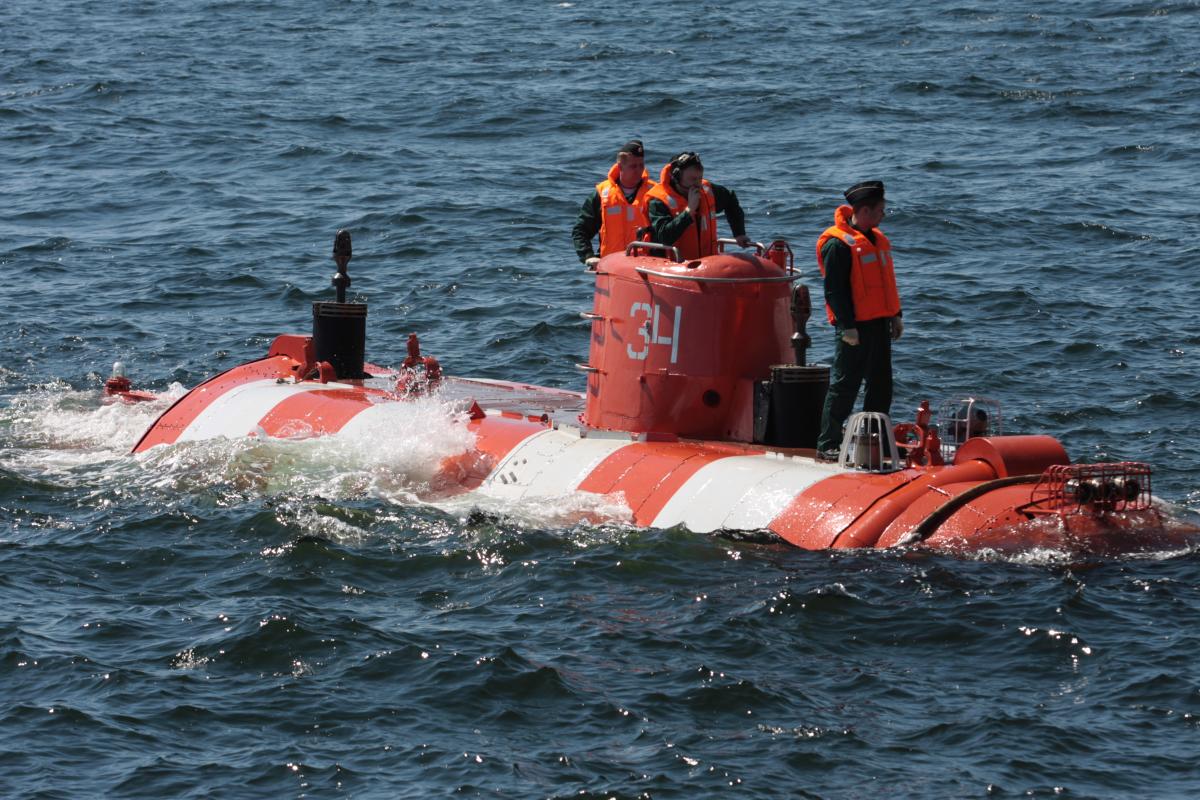7 August 2013 marks the 8th anniversary of the rescue of 7 Russian submariners, stranded 600 feet down off the coast of Kamchatka, The Ocean Correspondent of The Times, Frank Pope, wrote down the story with the help of Cdr Ian Riches and it really is a good read (now available on Amazon – even for your Kindle).
Neil Hopkins (now of Sonistics) was at that time working within the UK SMER project and set up a base in the offices of Sonistics where he and Sam Hopkins monitored the ISMERLO website and had pretty much constant contact with Ian throughout the ‘72 hours’. It was an amazing moment when the AS-28 was released and burbled to the surface. At that time we had no idea how close this was to becoming a tragedy and everyone involved from around the world should accept a huge pat on the back for their efforts.
To whet your appetite here’s the review on the cover of the hard back book…
August 5th 2005. On a secret mission to an underwater military installation thirty miles off the coast of Kamchatka, Russian Navy submersible AS-28 ran into a web of cables and stuck fast. With 600 feet of freezing water above them, there was no escape for the seven crew. Trapped in a titanium tomb, all they could do was wait as their air supply slowly dwindled.
For more than twenty-four hours the Russian Navy tried to reach them. Finally – still haunted by the loss of the nuclear submarine Kursk five years before – they requested international assistance. On the other side of the world, Commander Ian Riches, leader of the Royal Navy’s Submarine Rescue Service, got the call: There was a sub down.
With the expertise and specialist equipment available to him, Riches knew his team had a chance to save the men but Kamchatka was at the very limit of their range and time was running out.
As the Royal Navy prepared to deploy to Russia’s Pacific coast aboard a giant Royal Air Force C-17 airlifter, rescue teams from the United States and Japan also scrambled to reach the area.
On board AS-28 the Russian crew shut down all non-essential systems, climbed into thick thermal suits to keep the bone-chilling damp at bay and waited, desperate to eke out the stale, thin air inside the pressure hull of their craft. But, as the first of them began to drift in and out of consciousness, they knew the end was close. They started writing their farewells.
72 hours tells the extraordinary, edge-of-the-seat, real-life story of one of the most dramatic rescue missions of recent years.

